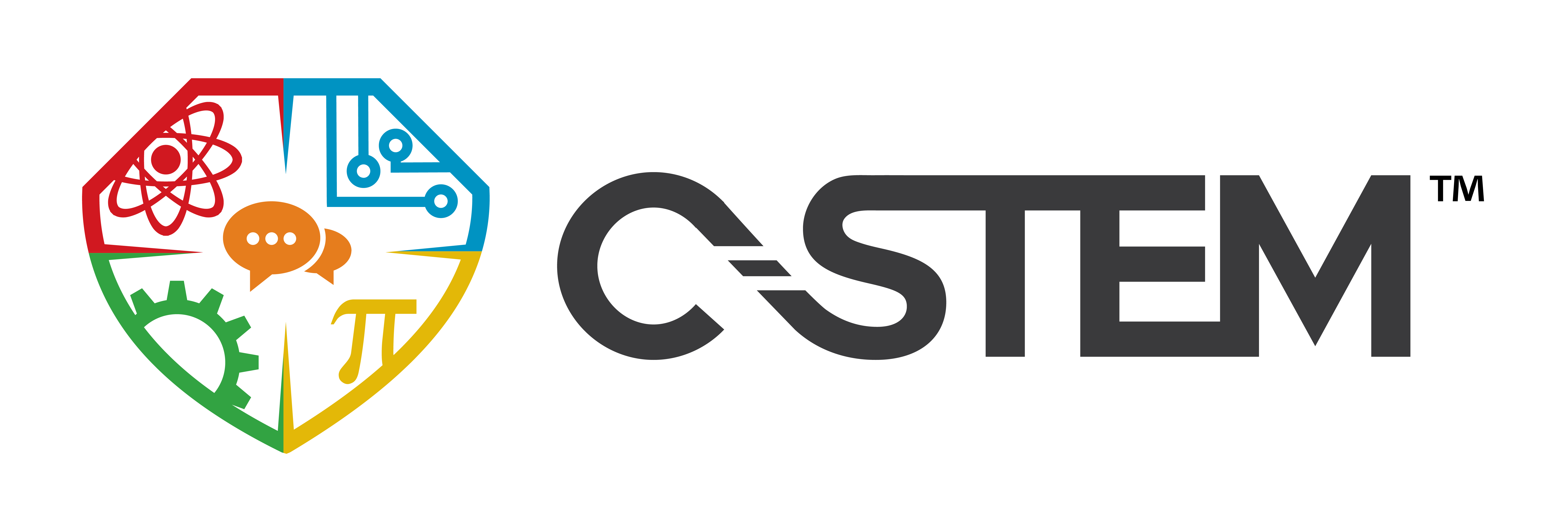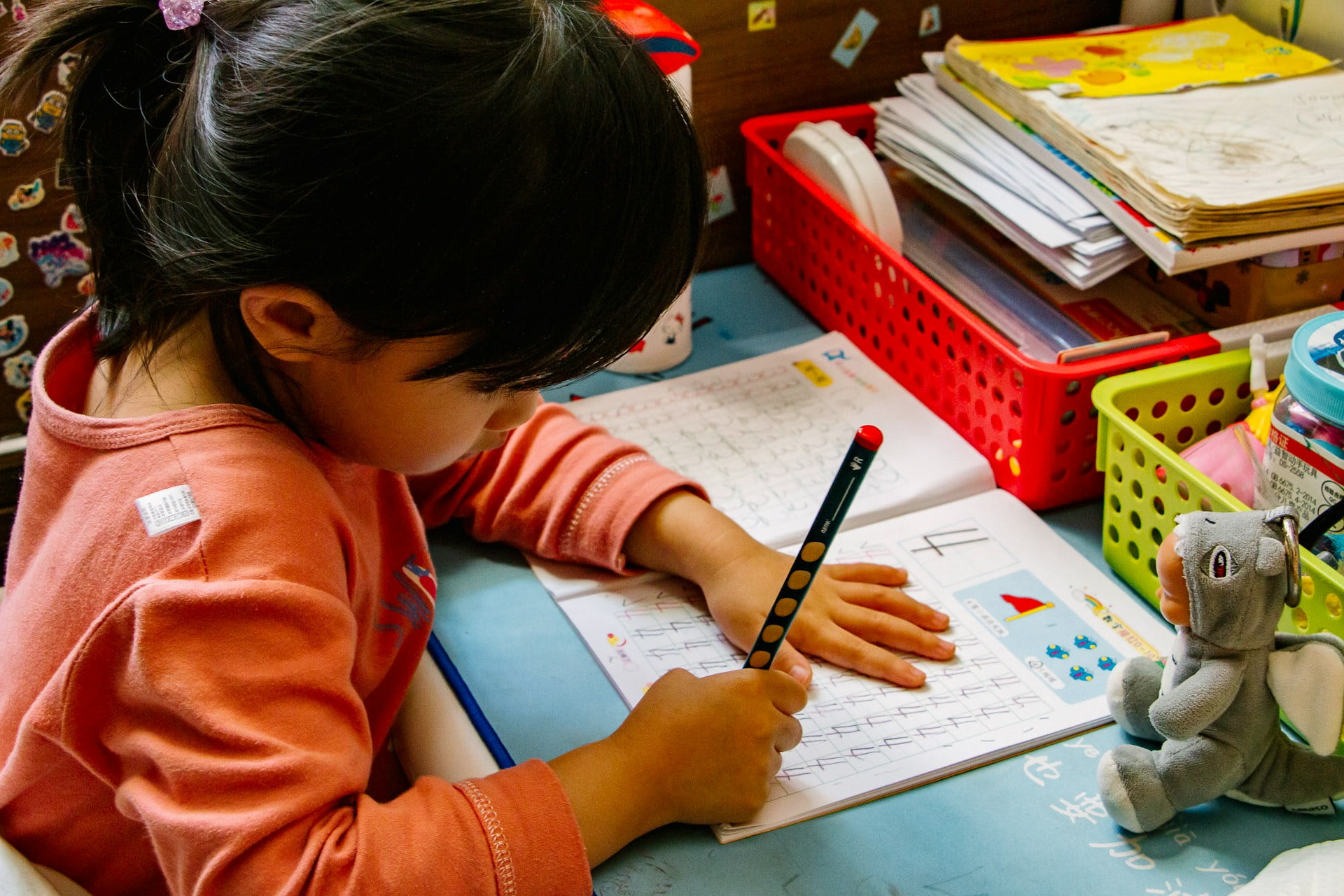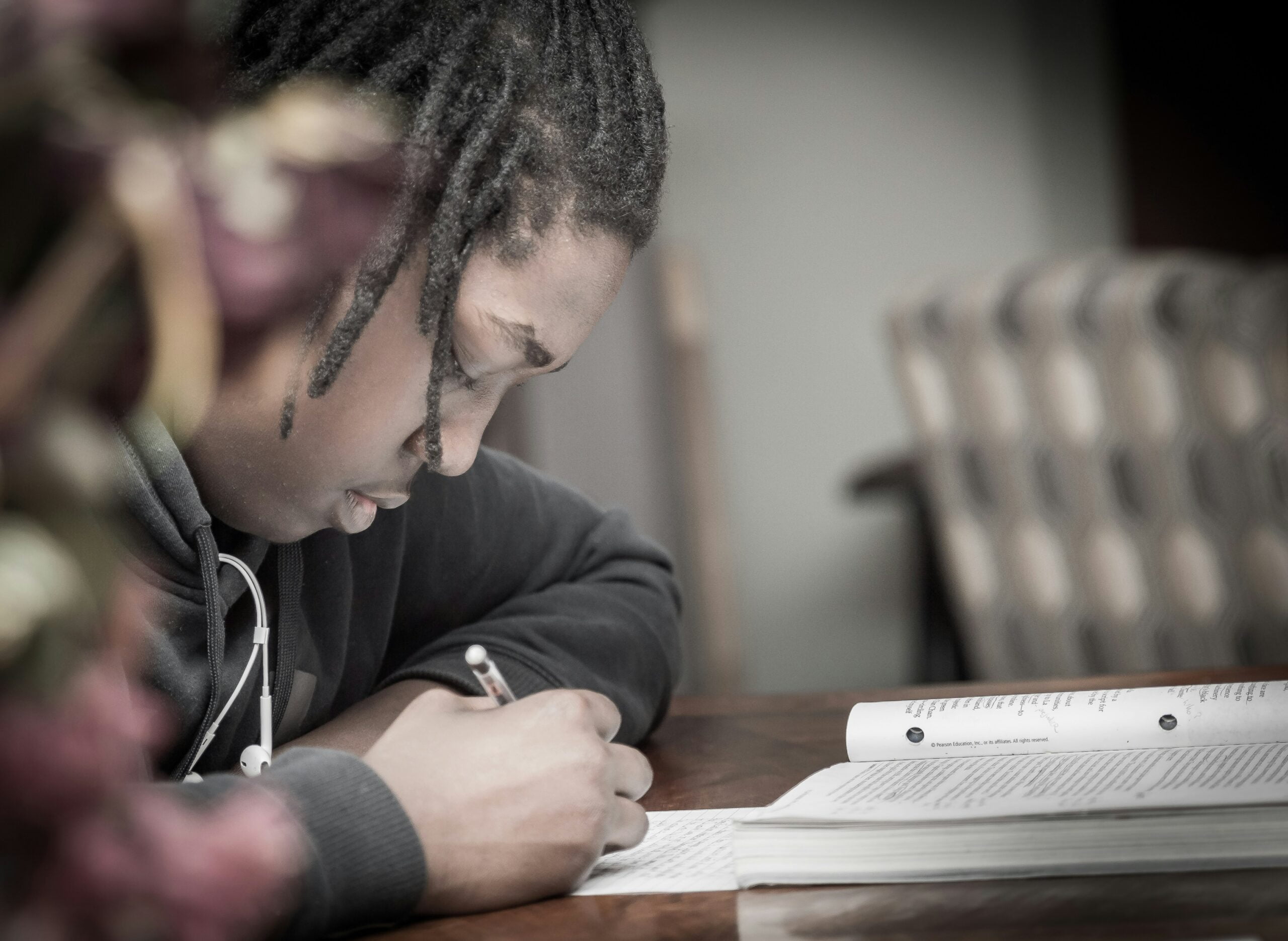Written by: Reagan Flowers, Ph.D.
Unlike many math classes in school, personal finance is one that every student can apply to his or her life as an adult. It’s especially crucial for disadvantaged and impoverished students with the potential to build a different life than previous generations. It will be a necessity when facing obstacles like purchasing a car or home, taking on a student loan, obtaining a credit card, or making any other decision related to one’s personal finances.
Americans Lack Financial Literacy
Statistics show that many Americans lack the financial literacy to make informed decisions related to personal finances. More than one-third of American adults report having more credit card debt than emergency savings; 68 percent doubt they could cover one month of living expenses if they lost their primary source of income; and 25 percent report having no trusted source of financial guidance, according to Annuity.org and Bankrate’s 2023 annual emergency savings report.
However, the tide may be turning, thanks to recent state legislation aimed at increasing the financial literacy of high school students. Pennsylvania this past December became the 25th state to pass a bill requiring a personal finance course for high school students. The number of U.S. states committing to improving teenagers’ financial literacy has more than tripled since 2021. In five years, more than 4 out of 10 U.S. high school students will be enrolled in schools where a stand-alone, full-semester course in personal finance is required before graduating. That’s a 229 percent increase from 2017.
Why teach personal finance at schools?
Students who’ve not taken personal finance courses could face mean hurdles, as soon after high school they’re eligible to take out loans and credit cards. Students who take a personal finance course that covers earning income, spending, saving, investing, and managing credit tend to make better borrowing decisions, according to government reports. Further, financial education has been shown to help young people better manage cash flow and pay bills on time, according to the Center for Financial Security.
Schools are the most likely and logical place for teens to learn about personal finance. There’s no guarantee that students are learning these essentials at home, especially when parents are busy working and struggling with their own finances. In some cases, the parents don’t have a high level of financial literacy either.
We must do everything we can encourage our leaders and our schools to set students up for success. Financial illiteracy has reached record levels, with more than 60% of Americans lacking personal finance knowledge. In addition to being a value-packed STEM topic with real-world application, teaching personal finance in schools will prepare students to build their lives and careers.







